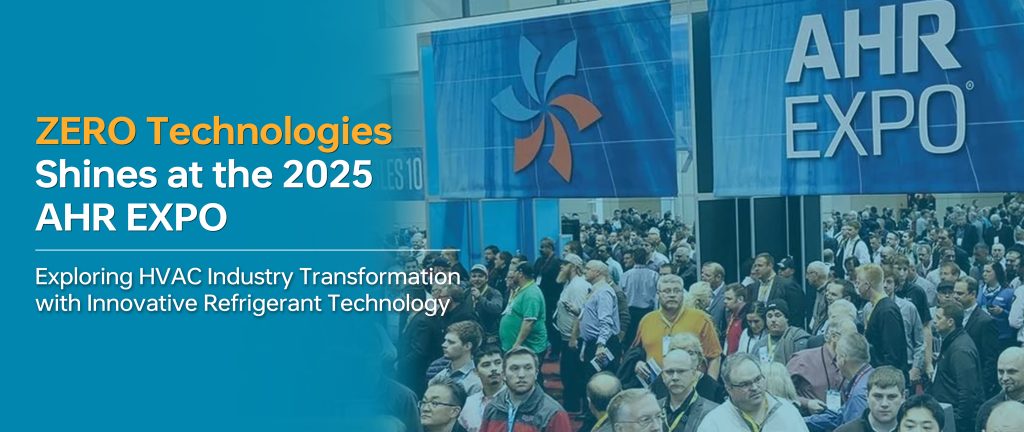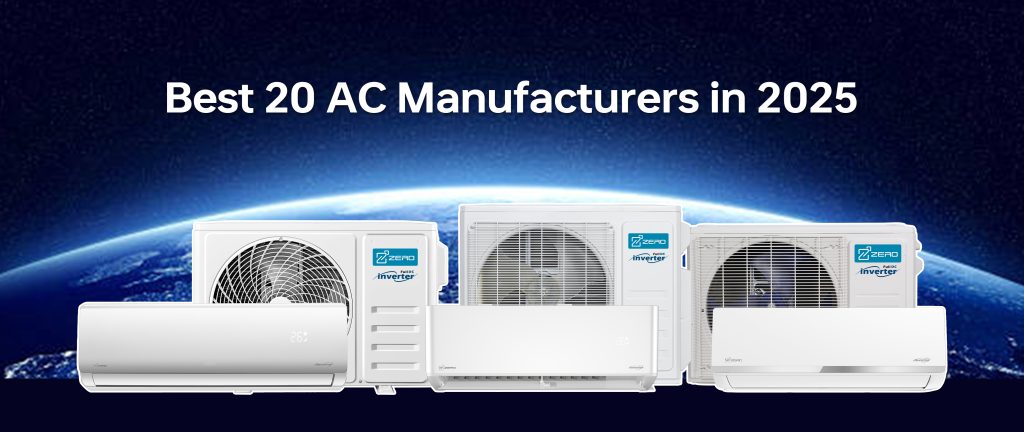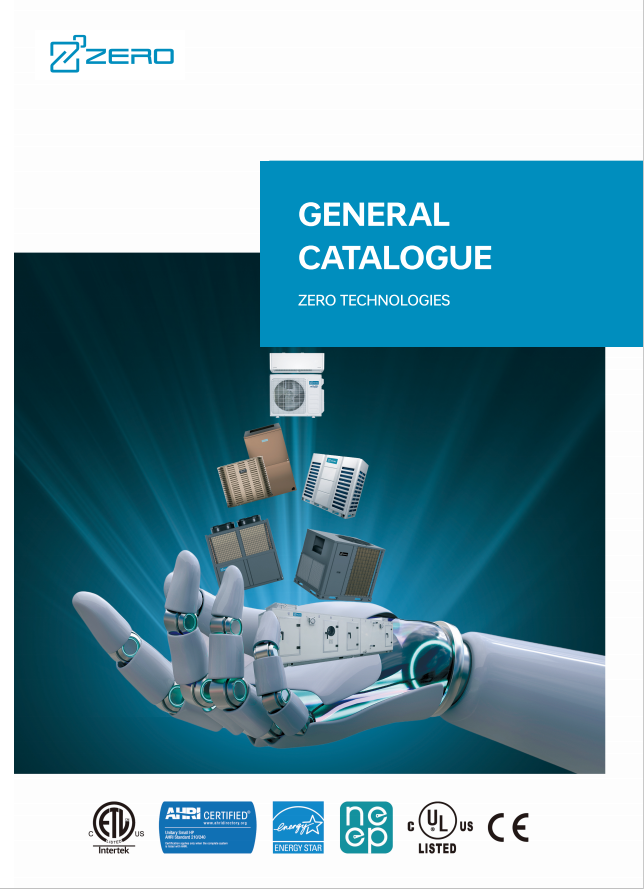Chiller is almost one of the most critical HVAC equipment in large projects. Whether it is to keep a hospital CT room running stably 24 hours a day, to maintain a comfortable environment in a shopping mall during peak summer hours, or to provide steady process cooling on a factory production line, chillers are essential.
This type of system high value, long service life.Once the choice is wrong, not only the waste of procurement costs, but also the later energy consumption, maintenance costs and downtime losses may be more serious. Get it right and the next decade or two will be a lot easier to operate. As a purchaser, how to determine if a chiller manufacturer is truly reliable? The following seven points are a practical checklist.
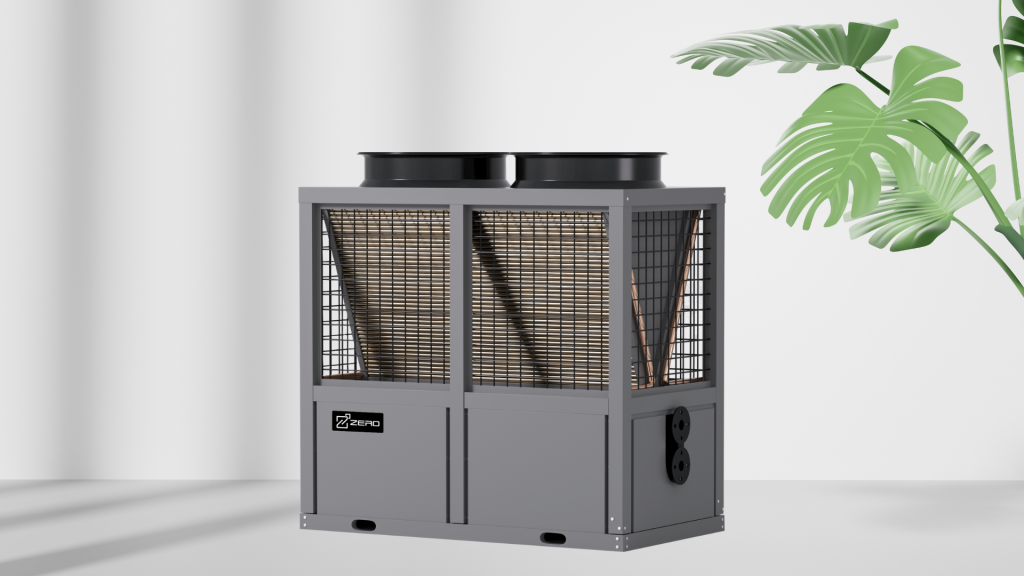
Core Technology & Engineering Capability
The performance difference of chillers mainly depends on the compressor, heat exchanger, refrigerant and control system.
Compressors:
Centrifugal: suitable for large cooling capacity, high efficiency at full load operation.
Screw type: durable structure, suitable for medium and large buildings.
Scroll type: supports modular design and performs well in partial load operation.
Heat exchangers:
Inner-grooved copper tubes transfer heat more efficiently than smooth tubes; hydrophilic aluminum fins help prevent condensate from beading and improve heat transfer.
Refrigerants:
Low-GWP options such as R454B and R32 are increasingly replacing R410A. If a supplier remains on legacy refrigerants with no transition plan, regulatory hurdles are likely in the coming years.
Controls:
Units with PLC control or BMS integration enable finer modulation and better energy management.
Tip: Don’t rely only on a maker’s “nameplate efficiency.” Ask for IPLV (Integrated Part Load Value), since most chillers operate at part load most of the time.
Product Portfolio & Model Coverage
Different projects need different chiller types. A good manufacturer offers multiple options.
| Type | Typical Applications | Advantages | Limitations |
|---|---|---|---|
| Air-cooled chiller | Rooftop installs; limited water supply | Easy installation; lower upfront cost | Lower efficiency; higher noise |
| Water-cooled chiller | Large buildings, factories, data centers | Higher efficiency; stable operation | Requires cooling tower & water system |
| Modular chiller | Hotels, hospitals, phased developments | Flexible expansion; built-in redundancy | More complex piping |
| Absorption chiller | Industrial sites with waste heat | Uses waste heat/steam for cooling | Higher maintenance; niche use |
Tip: For phased developments (e.g., residential first, commercial later), modular chillers offer flexibility and avoid oversized one-time investments.
Energy Efficiency & Lifecycle Cost
Price gets the attention first, but 10–20 years of energy use ultimately determine ROI. In many buildings, chiller plants account for 40–60% of total electricity bills.
For example:
| Model Type | Initial Capex | Avg. Annual Power Cost | 15-Year Total Cost |
|---|---|---|---|
| Standard air-cooled | USD 100,000 | USD 60,000 | USD 1,000,000+ |
| High-efficiency water-cooled | USD 150,000 | USD 35,000 | USD 675,000 |
Even though high-efficiency units cost more upfront, the long-term total cost is lower.
Tip: Include TCO (Total Cost of Ownership) in your budgeting, not just purchase price. For year-round, high-load sites like hospitals and data centers, a 20% efficiency gap can mean millions in electricity over the lifecycle.
Manufacturing Quality & Materials
Whether a chiller lasts a decade or two depends on build details and material quality.
Copper tubes: Inner-grooved tubes can deliver 20–30% higher heat-transfer performance than smooth tubes.
Fins/coils: Hydrophilic aluminum helps condensate spread into a film and drain, reducing droplet formation and corrosion.
Cabinet: Galvanized steel or powder-coated housings are more weather-resistant for long-term outdoor use.
Factory testing: Reliable manufacturers run full-load tests, pressure tests, and leak checks—not just a power-on check.
Example: In coastal projects, uncoated aluminum fins can suffer salt-spray corrosion within 2–3 years; epoxy-coated coils can extend service life significantly.
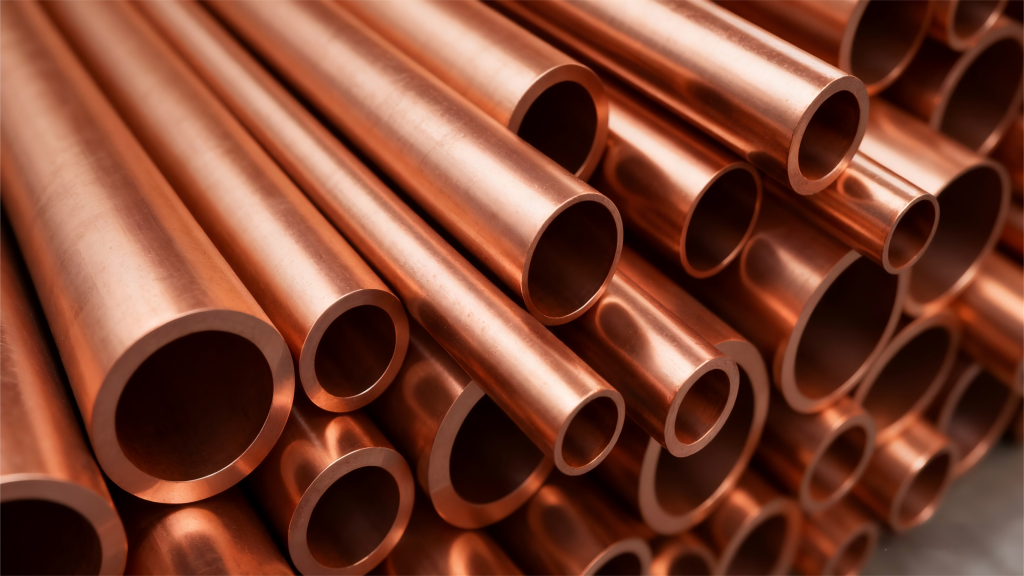
Certifications & Compliance
A chiller must do more than perform—it must legally enter and pass inspection in the target market.
AHRI: Widely used performance certification in North America and the Middle East.
UL / ETL: Electrical safety certification for the U.S. market.
CE: Mandatory for the European Union.
ISO 9001 / 14001: Quality and environmental management systems (company-level).
Tip: Don’t just accept “we’re certified.” Confirm the specific model carries the required certificate; otherwise it can fail on-site inspections.
After-Sales Support & Service
Chiller systems are complex, and downtime is costly. Good manufacturers don’t just sell hardware—they support the full lifecycle.
Ask clearly:
Is on-site commissioning support available?
Is there a local spare-parts hub?
What is the typical response time for service calls?
Do they provide training for contractors?
Comparison: Global players like Carrier and Daikin have well-developed service networks and faster response. Some local brands rely only on HQ, stretching repair timelines. Newer international players often invest in after-sales to compete with the giants.
Project References & Reputation
In the end, real projects speak louder than brochures.
Do they have deliveries for malls, hospitals, and factories?
Do they have references in climates similar to yours?
Can they provide 5–10 years of stable operation feedback?
Market note: Big brands (e.g., Gree, Carrier) showcase large project portfolios. Some emerging manufacturers have also built credibility by delivering 1,000+ overseas projects (hotels, hospitals, industrial plants).
FAQ
Q1: Should my project choose air-cooled or water-cooled?
If water systems and cooling towers are feasible, water-cooled is typically more efficient for large projects; where space or infrastructure is limited, air-cooled is more practical.
Q2: Does refrigerant choice really matter now?
Yes. R410A is being phased down. Choosing units that support R454B or R32 helps ensure long-term compliance.
Q3: How do I quickly estimate lifecycle cost?
Get the unit’s IPLV and expected annual operating hours, multiply by your local electricity tariff, then project over 15 years. Total energy cost is often 5–7× the purchase price.
Conclusion
Choosing a chiller manufacturer isn’t just a price comparison—it’s a combined decision about technology, finance, and long-term partnership.
For B2B buyers, the right choice means higher ROI and lower project risk.
For end users, it means comfort, lower bills, and peace of mind.
Work through these seven checks carefully to avoid pitfalls and keep your system reliable for the next decade or more.


